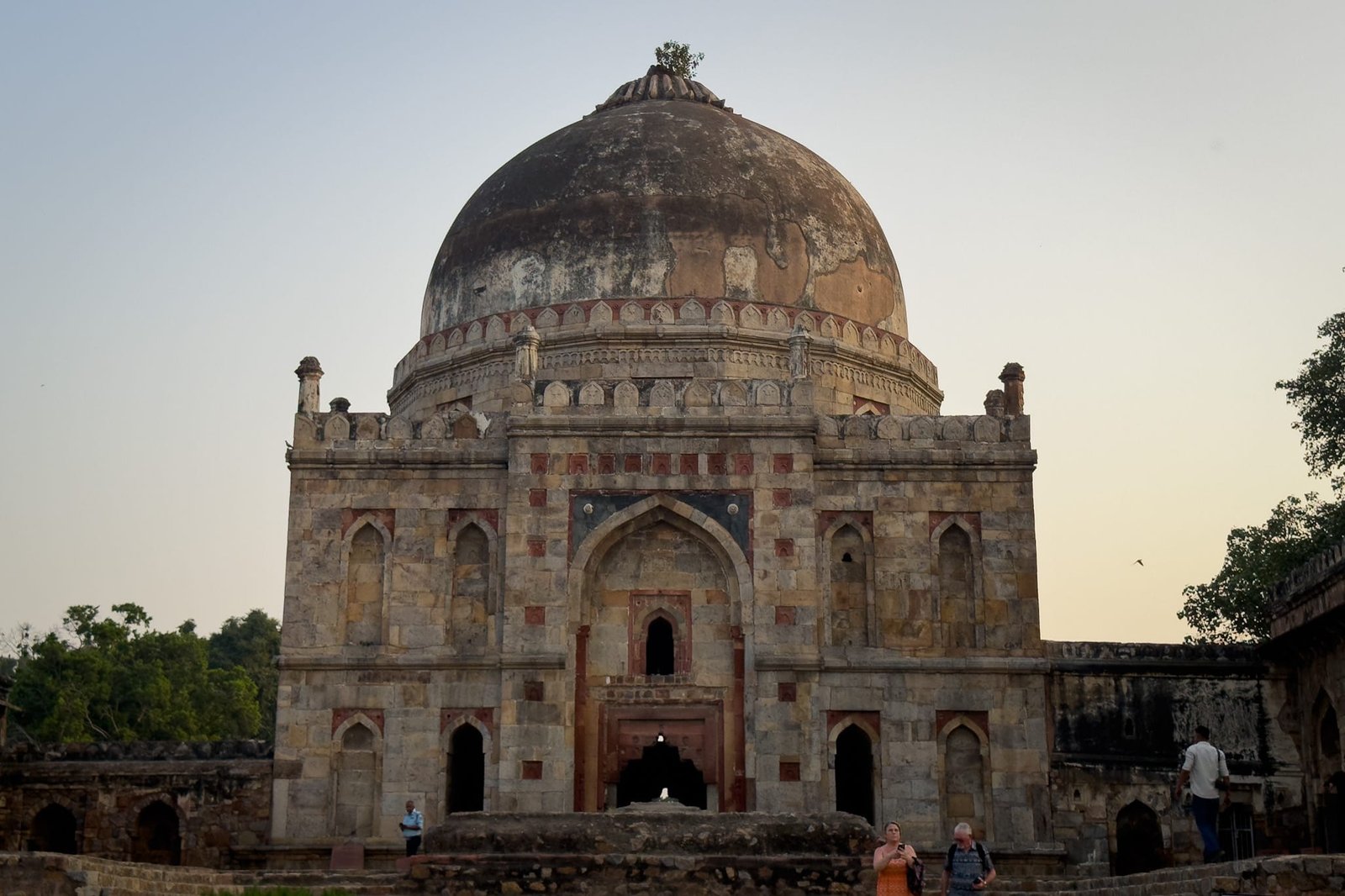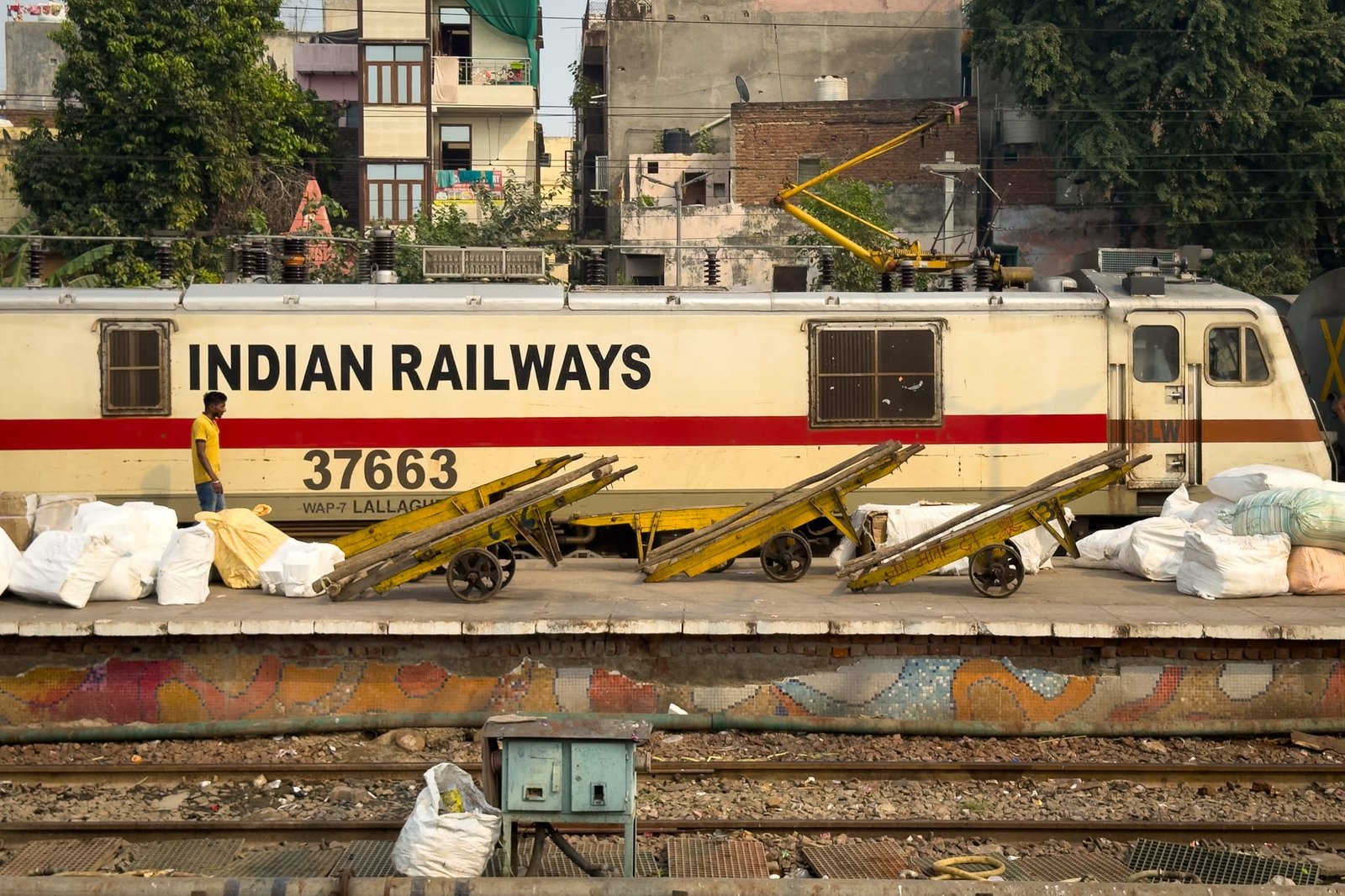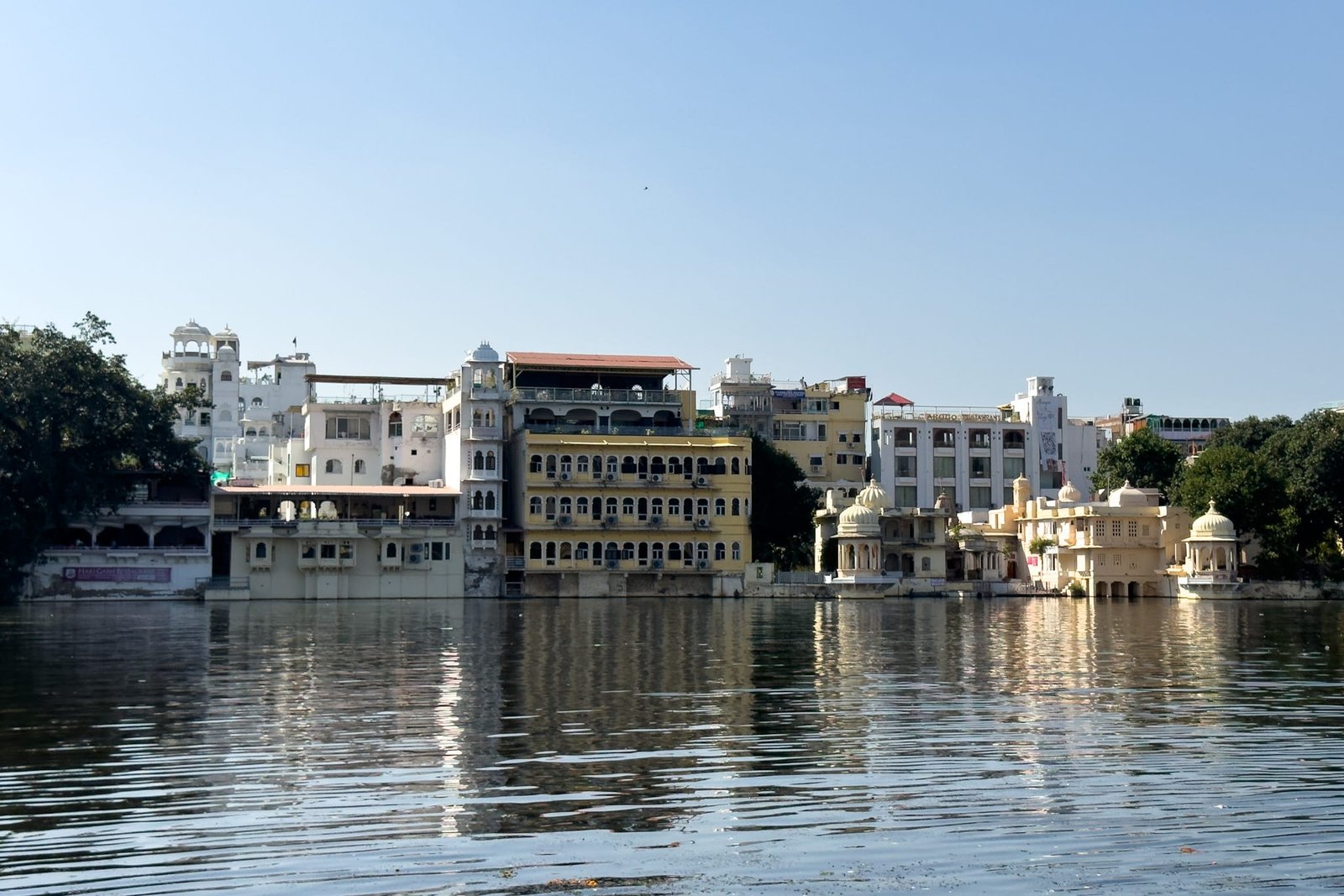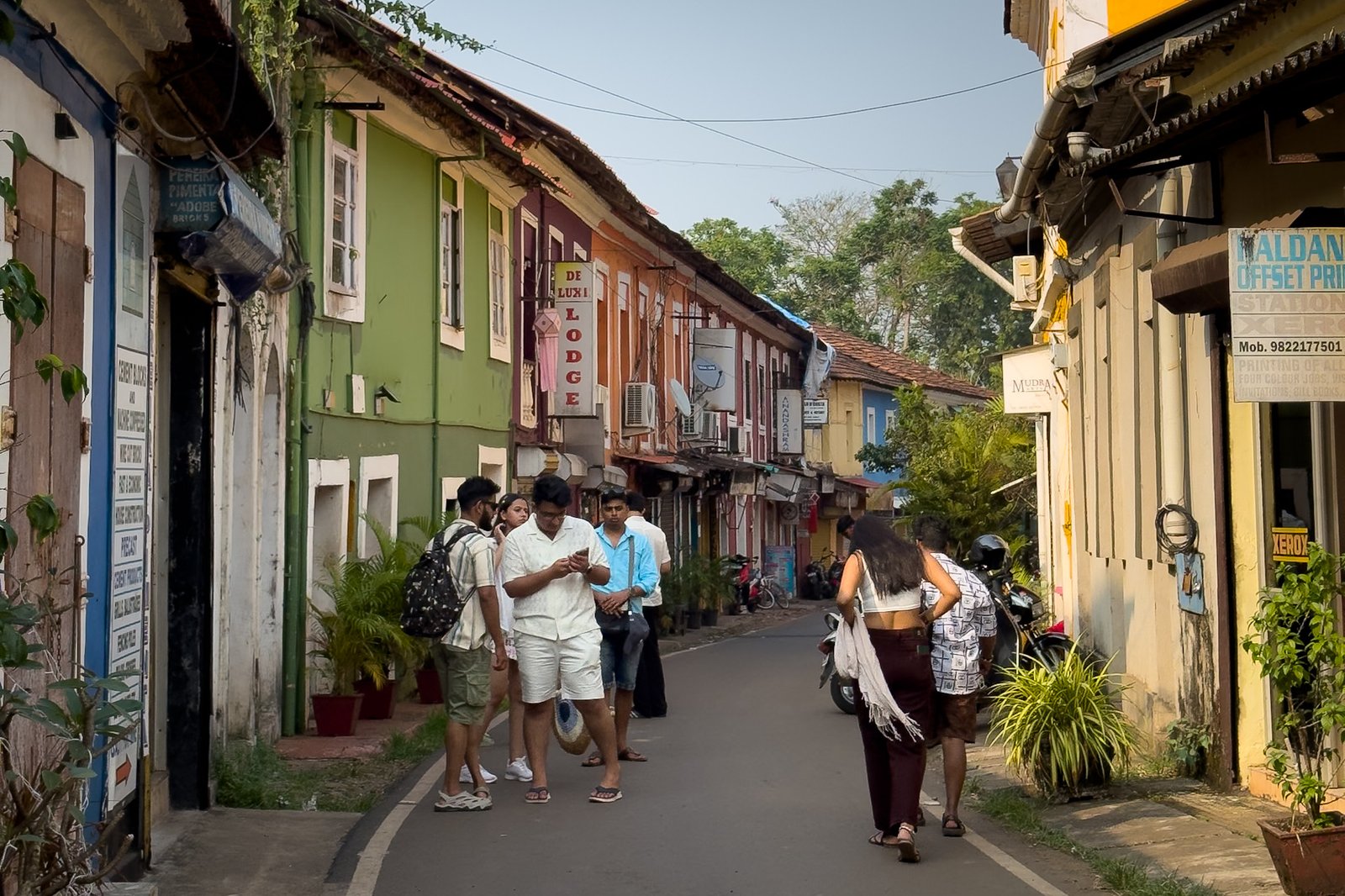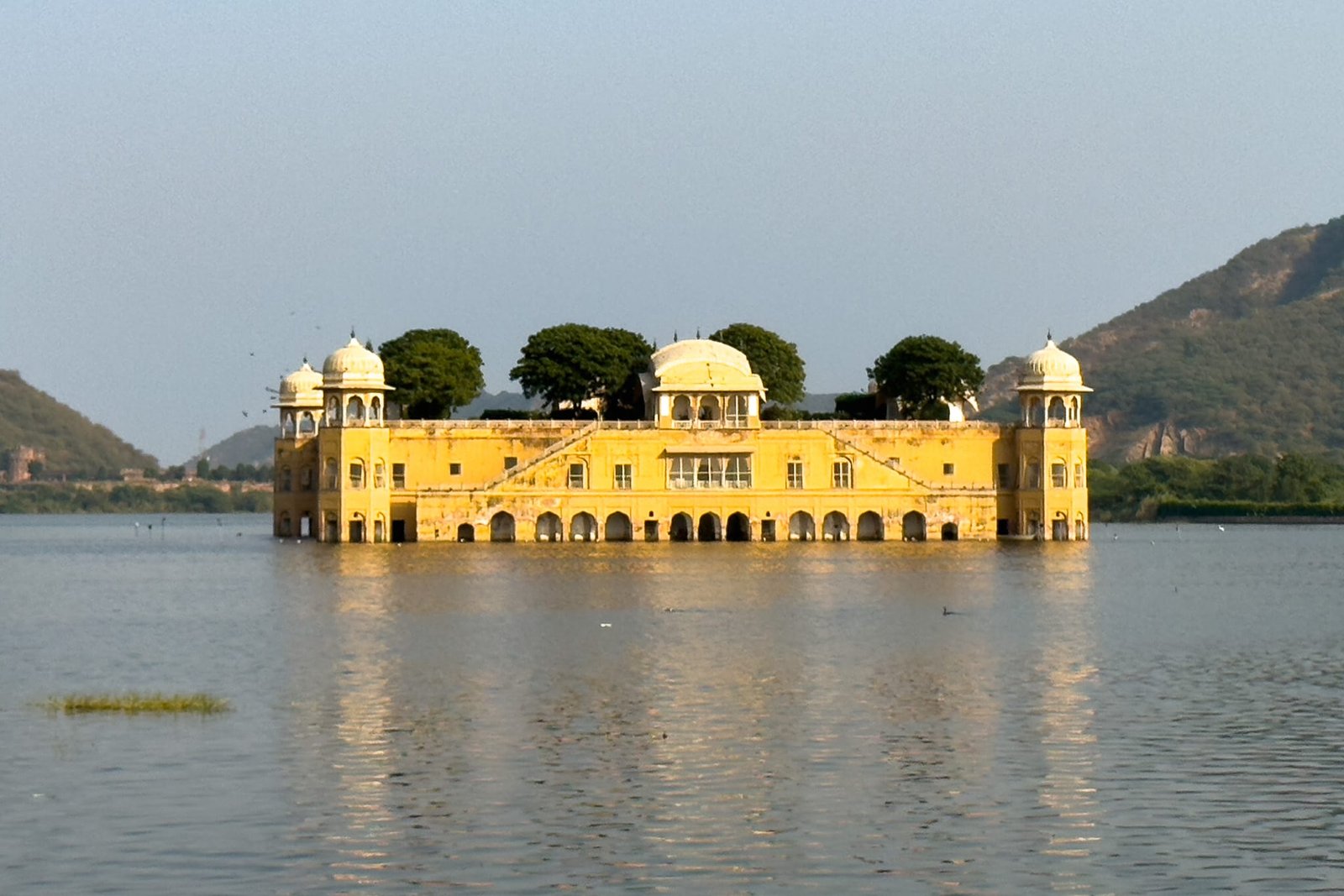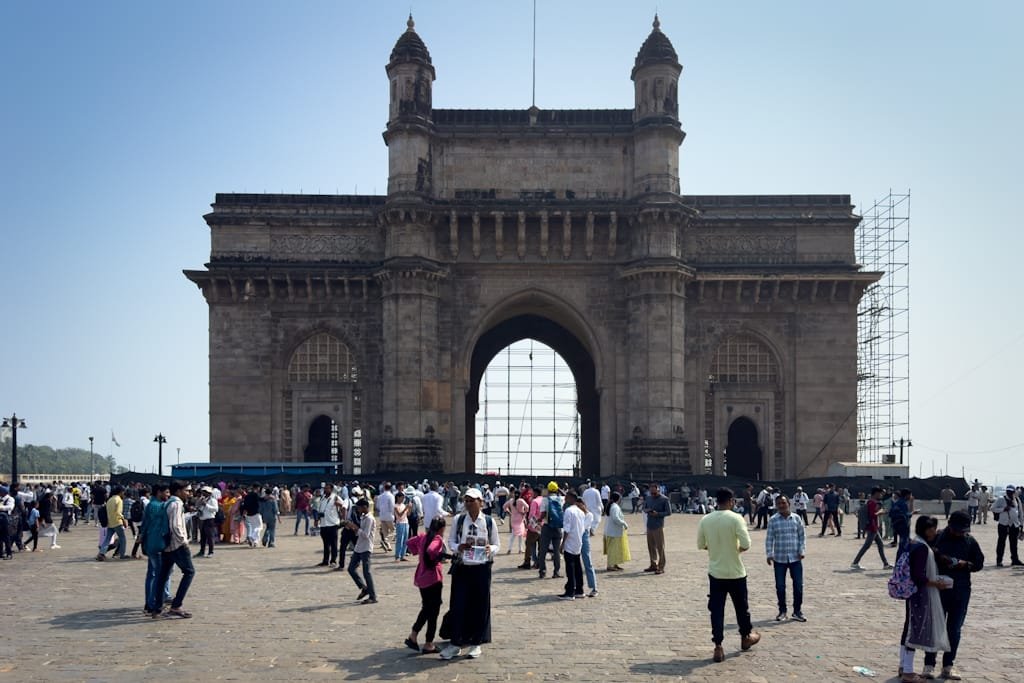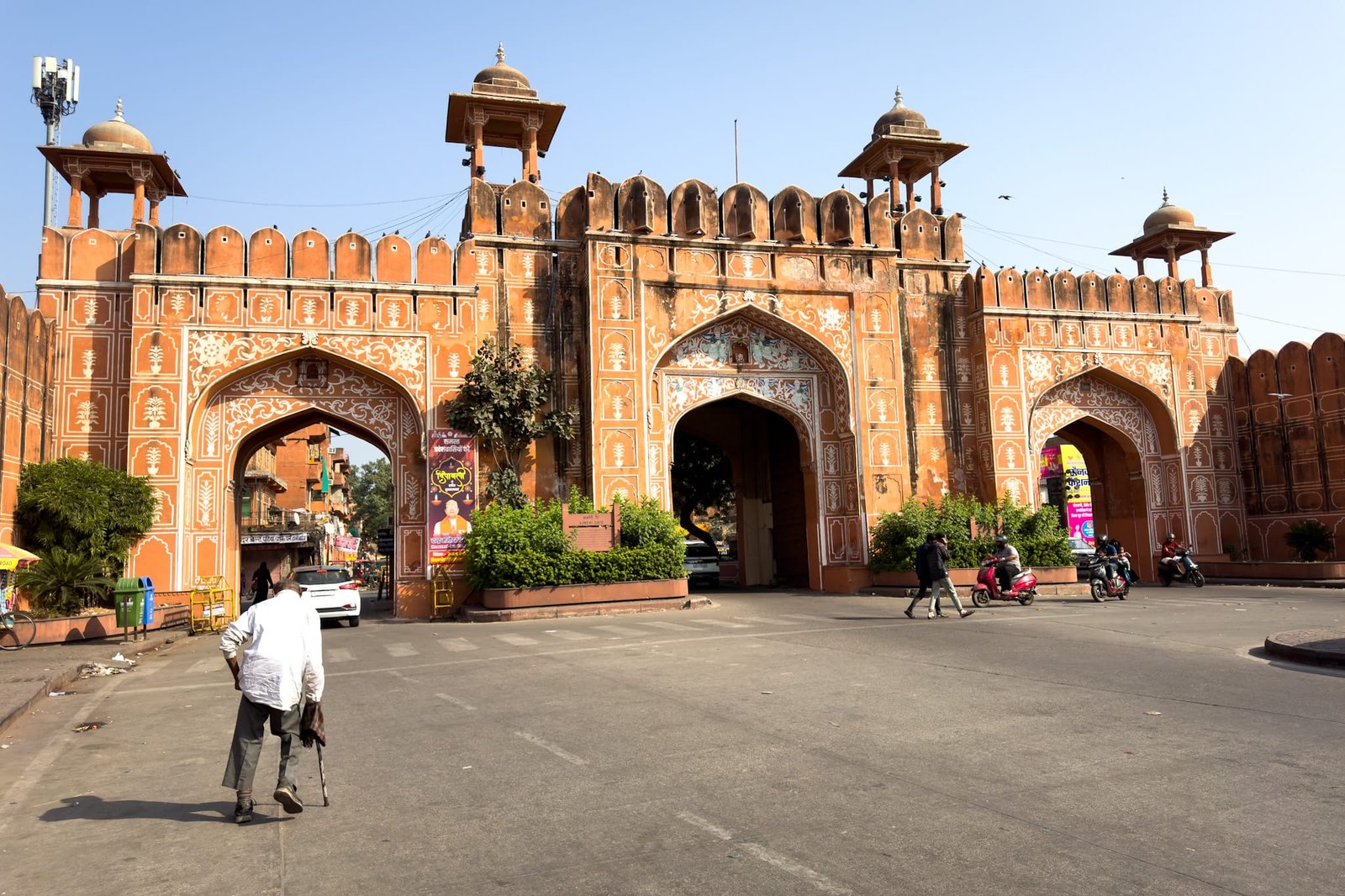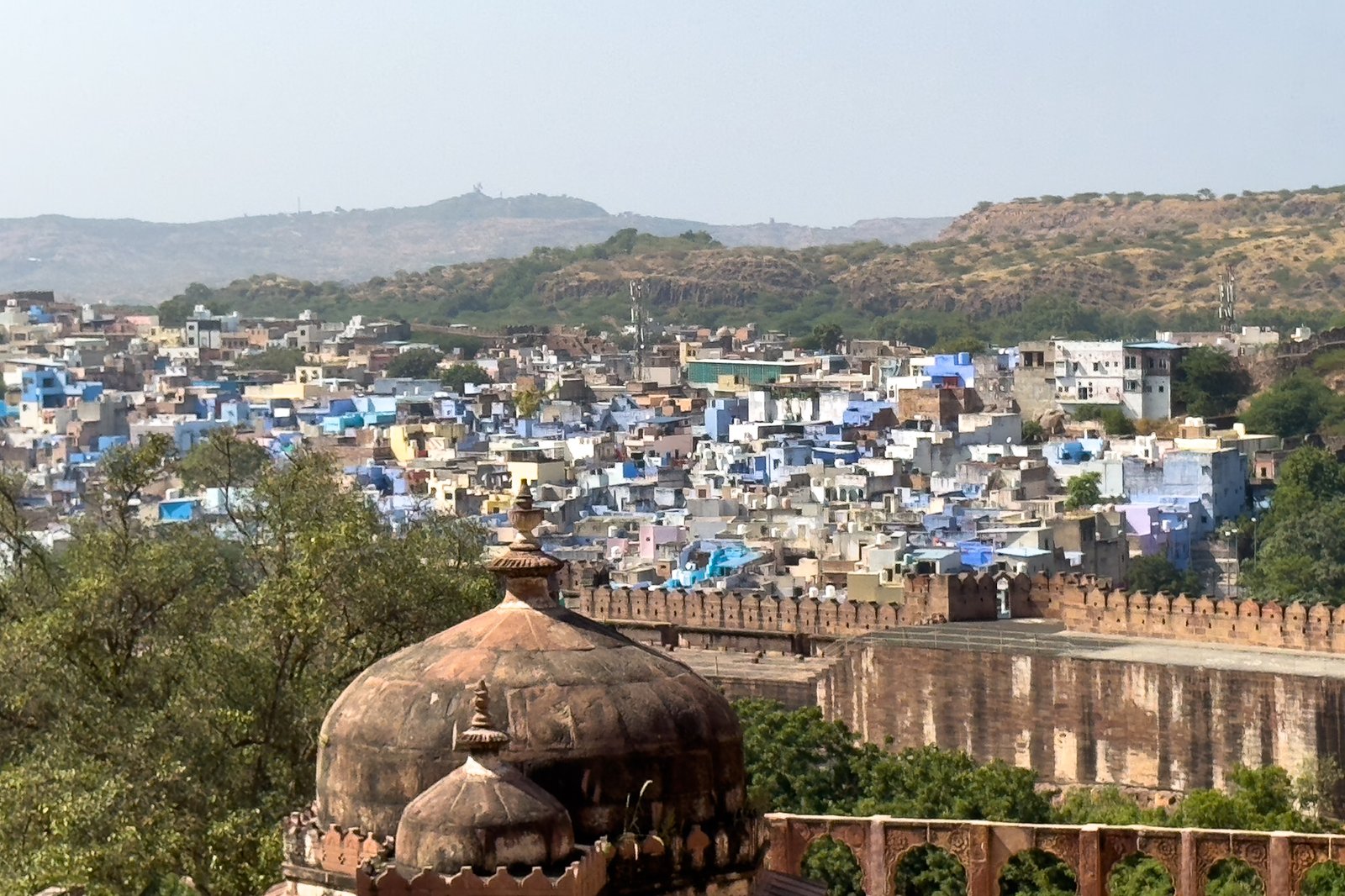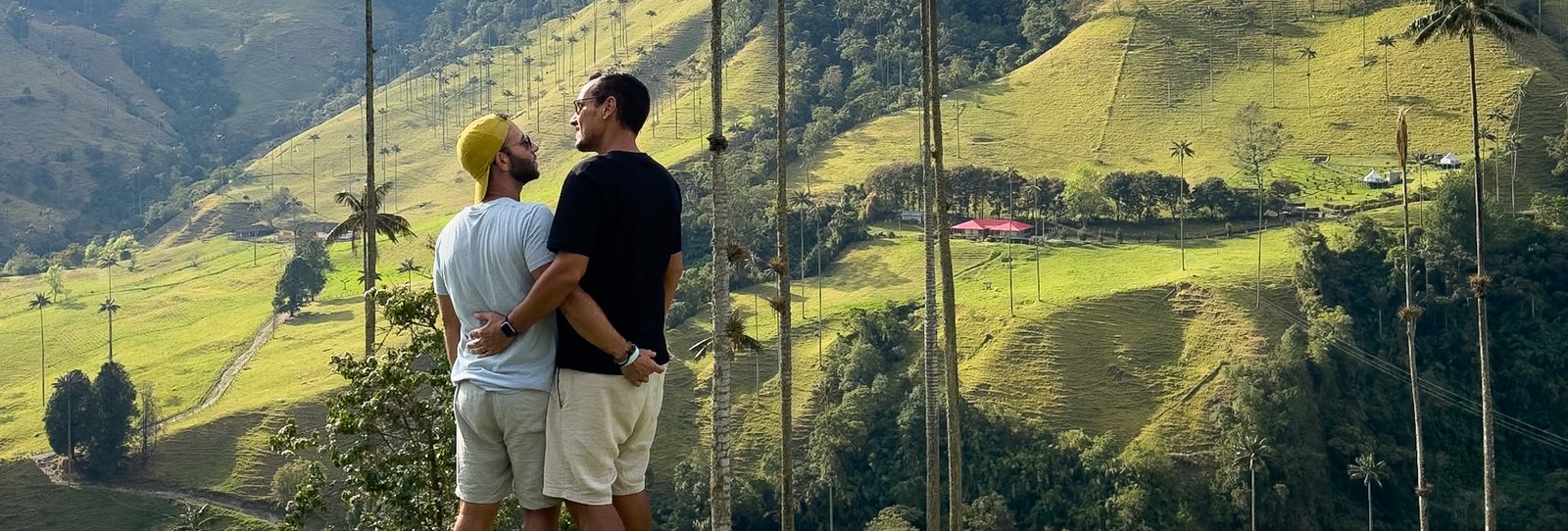Visiting the Taj Mahal was a long-standing dream, an experience we kept on our list of dream destinations for many years. During our second trip around the world, we finally had the perfect opportunity to make that dream come true and visit one of the 7 Wonders of the Modern World and a UNESCO World Heritage Site, immersing ourselves in the fascinating culture and history of India.
The Taj Mahal, with its grandeur and symbolism, is more than a masterpiece of architecture; it is a monument of love built by Emperor Shah Jahan to honor his favorite wife, Mumtaz Mahal. Located in Agra, this white marble mausoleum is adorned with precious stones and surrounded by gardens that inspire visitors from all over the world. Each detail of its construction tells a part of its story and the cultural traditions of the time.
In this guide, we share practical tips and essential information, based on our experience, to help you plan the ideal visit to the Taj Mahal. From the best time to visit to how to avoid crowds and capture the best photos, this article covers everything you need to make your experience at this iconic monument unforgettable.
Table of Contents
Location of the Taj Mahal and How to Get There
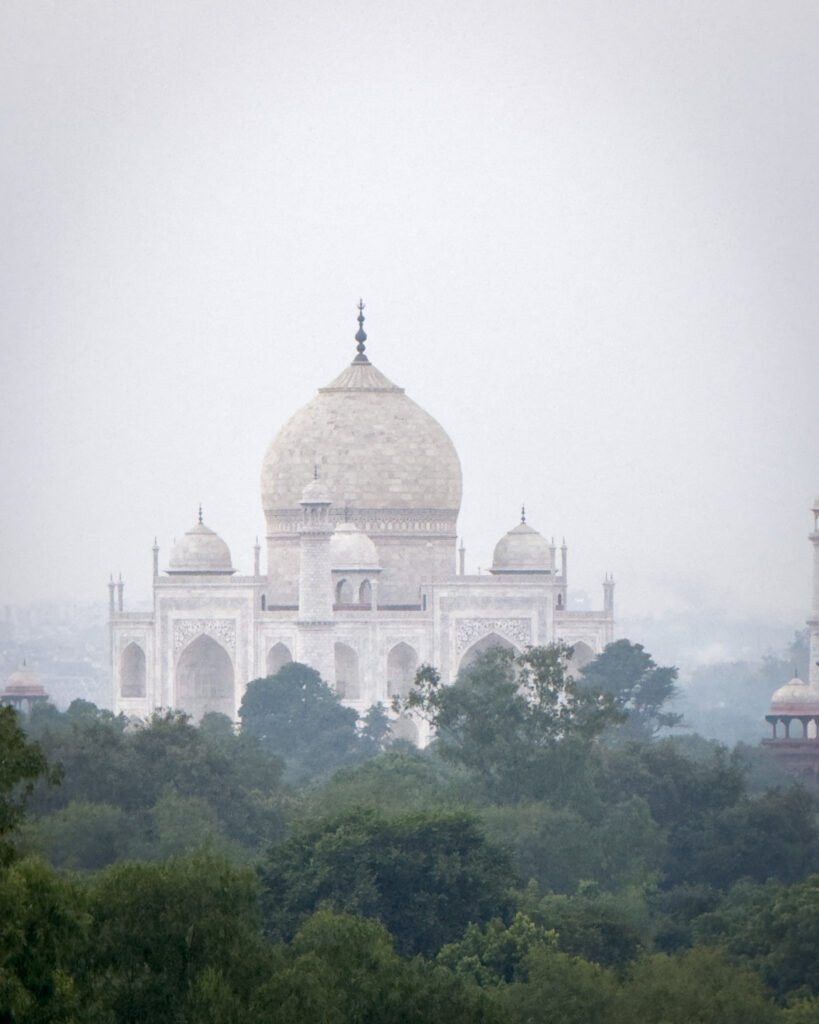
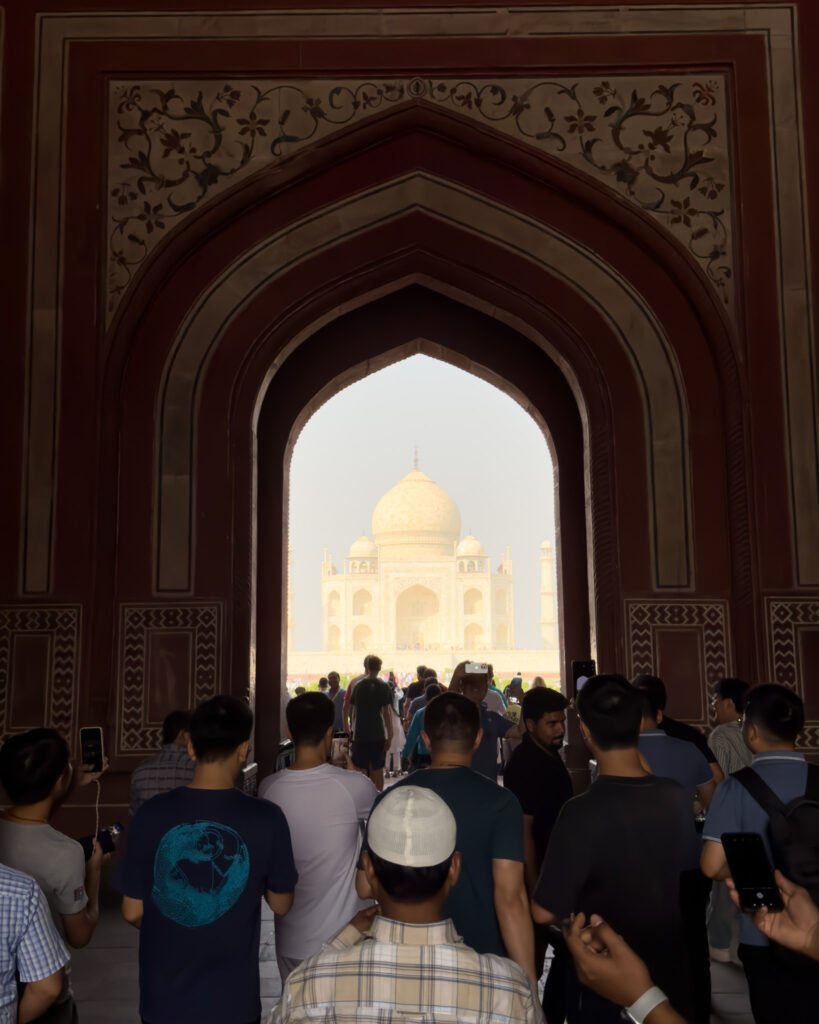
Where Is the Taj Mahal Located?
The Taj Mahal is located in the historic city of Agra in northern India, about 230 km from New Delhi, the capital. Situated along the Yamuna River, the monument is surrounded by gardens and is Agra’s most famous landmark, easily accessible from major tourist cities in the region.
Ways to Get to the Taj Mahal from New Delhi
The most practical and comfortable way to reach Agra to visit the Taj Mahal is by train. India has a well-established rail network, and connections between New Delhi and Agra are frequent and modern. Trains like the Gatimaan Express and Shatabdi Express provide a quick and comfortable journey, taking around 1.5 to 2 hours.
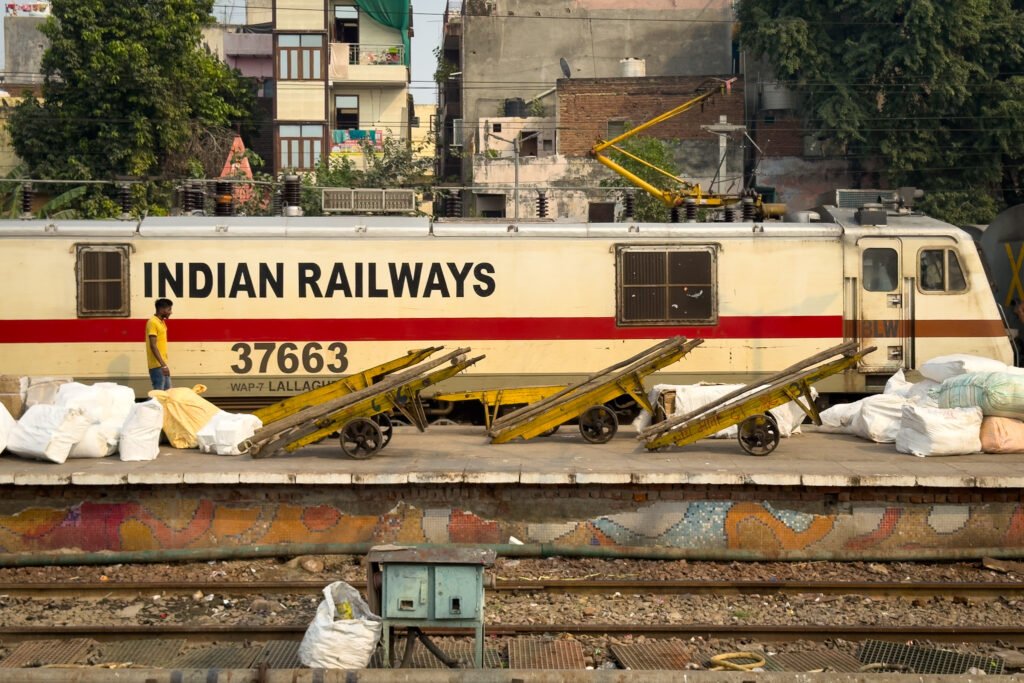
We arrived in Agra from New Delhi and continued our journey towards Jaipur after two nights in the city. Taking the train offers a culturally rich and immersive experience, but there is also the option of a private car with a driver, ideal for groups and flexible schedules. Check out our guide on how to book trains in India for reservation tips and class recommendations.
If you’re in Delhi and want to take a day trip to the iconic Taj Mahal, a private day tour could be the perfect choice. Imagine having a dedicated guide and driver, who will pick you up from the hotel early in the morning, ensuring that you make the most of every moment without worrying about transport or queues. With this personalized experience, you’ll discover all the secrets and stories of the Taj Mahal, Agra’s gem, and still have time to explore other historic sites like Agra Fort. Learn how to book your day trip to the Taj Mahal and get ready for an unforgettable day.
Taj Mahal Ticket Prices and Types
Ticket Cost for Foreigners
The ticket for the Taj Mahal has specific rates for foreigners and includes a few amenities to make the visit more comfortable. The standard ticket price is 1,100 rupees (around 13 euros), and for those wishing to enter the mausoleum, there is an additional charge of 200 rupees. Additionally, the ticket includes a bottle of water and shoe covers, essential for those visiting the mausoleum’s interior to help preserve the delicate marble.
Where to Buy Taj Mahal Tickets and Benefits
Tickets can be purchased either at official ticket offices or online on the official site (the Ministry of Culture’s website, where tickets for various monuments are available). Buying online offers convenience by avoiding lines at the entrance and provides a small discount of 50 rupees. However, keep in mind that credit card transaction fees usually offset the discount. Still, buying online may be advantageous to secure your ticket in advance.
If you plan to visit the Taj Mahal with a guided tour, it’s worth purchasing the ticket that includes a guide. This not only ensures a more enriching experience but also removes any hassle upon arrival. The guide will lead you through the details, stories, and secrets of this iconic monument, making the visit truly memorable.
Opening Hours and Best Time to Visit
Taj Mahal Hours
The Taj Mahal is open every day except Fridays, which are reserved for prayers at the mosque. The monument opens 30 minutes before sunrise and closes 30 minutes before sunset, allowing you to enjoy the soft light of early morning or late afternoon. You can check more details on the official website for updated hours.
Full Moon Night Visit
For a unique experience, it is possible to visit the Taj Mahal during a Full Moon. Night access is available five times a month: on the night of the Full Moon, two days before, and two days after, from 8:30 PM to midnight. Tickets for night visits are limited and should be purchased in advance.
Best Time to Avoid Crowds
To avoid crowds and capture photos without large groups, the ideal time is early in the morning. Most guided tours occur during the morning, making this period the busiest. If you prefer a quieter atmosphere, visiting in the early afternoon is also a good option. During our early afternoon visit, it was moderately busy, allowing for a more enjoyable experience.
The History of the Taj Mahal and Its Cultural Significance
Origin and Construction History
The Taj Mahal is one of the greatest symbols of eternal love. Commissioned in the 17th century by the Mughal emperor Shah Jahan in honor of his beloved wife, Mumtaz Mahal, the construction lasted over two decades and was completed in 1648. Today, the Taj Mahal stands as a landmark of love and one of India’s greatest cultural legacies.
Architecture and Precious Materials
The architecture of the Taj Mahal is a blend of Islamic, Persian, Indian, and Turkish elements, known as “Mughal architecture.” The main structure is built of Makrana white marble, which reflects different tones depending on the time of day. Intricate inlays of jade, crystal, and lapis lazuli adorn the walls in complex patterns, and verses from the Quran engraved in black marble enhance the spiritual atmosphere.
What to Expect When Visiting the Taj Mahal
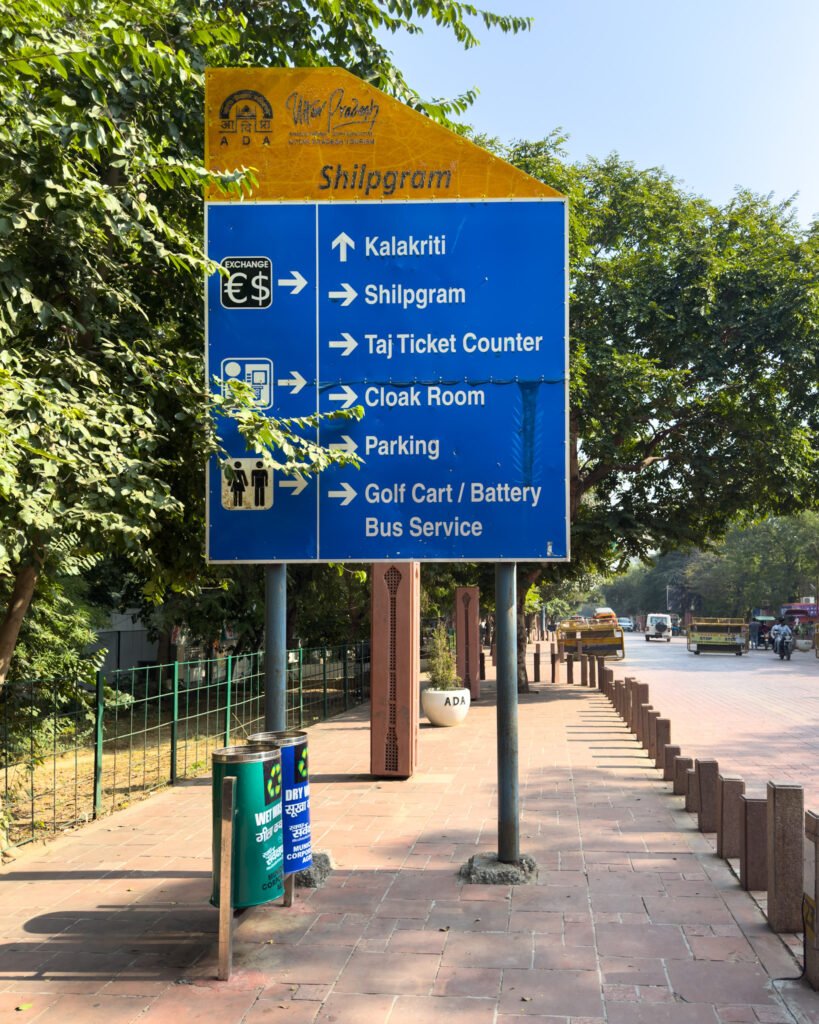
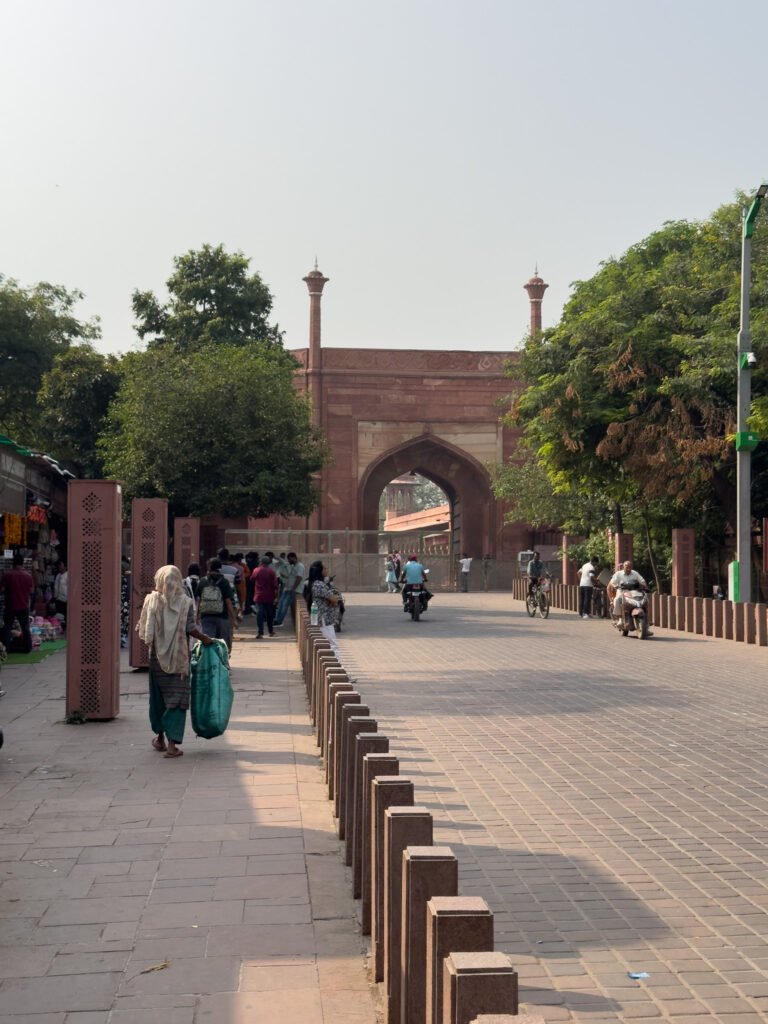
Arrival and Entry Process
Upon arriving at the Taj Mahal, you can expect a thorough entry process. We entered through the East Gate, one of the three available entrances. The official ticket office is located to the right of the gate, where you can collect the bottle of water included with your ticket before heading to the main entrance.
Dress Code and Permitted Items
The Taj Mahal is a sacred site, so light clothing that covers the shoulders and legs is recommended. Entry includes a security check where items like tripods and drones are not allowed. Lockers are available for storing prohibited items. Check here for the list of prohibited items at the Taj Mahal.
Access and Entrance Gates
The Taj Mahal has three gates: West, South, and East. The West Gate is the busiest, while the East Gate is ideal for avoiding lines, especially during peak hours. Arriving early is a great strategy to avoid crowds, particularly during high season and holidays.
Safety Tips and Avoiding Scams
Guides and photographers are common around the area; make sure to hire licensed professionals to avoid scams. For added safety, you can book your guided entry to the Taj Mahal in advance or ask your accommodation to arrange a guide.
Where to Stay in Agra – Accommodation Options
In Agra, the accommodation options are vast and spread across different parts of the city, each area with its own atmosphere and style. When we started planning where to stay, we quickly realized that if our main goal was to visit the Taj Mahal, the most practical choice would be to stay as close to the monument as possible. This way, we could make the most of our time and even visit the Taj at strategic times, like sunrise, to avoid crowds and see the monument under magical light.
During our research, some options stood out, each with unique features and their own advantages. Below, we share the choices that caught our attention and that we ultimately selected for our stay in Agra.
- Budget Option – Hotel Sheela: For those looking for a more affordable alternative, Hotel Sheela is a great choice, also located within a short walking distance to the Taj Mahal. With a small garden and a peaceful atmosphere, it is ideal for those who prioritize proximity to the monument on a limited budget.
- Mid-Range Option – Taj Resort: Located about 700 meters from the Taj Mahal, Taj Resort offers comfort and convenience with easy access to the monument. The surrounding area is well-developed, with various restaurant and shopping options. Additionally, the hotel offers a restaurant with a unique view of the Taj Mahal from the rooftop.
- Luxury Option – The Oberoi Amarvilas: The Oberoi Amarvilas is a luxury option located 600 meters from the Taj Mahal, offering spectacular views of the monument. This hotel provides excellent service, including spa and dining options, ensuring an exclusive and memorable stay.
Best Times to Visit the Taj Mahal
Weather and Temperature Throughout the Year
The best time to visit the Taj Mahal is between October and March, when temperatures are mild. During the summer months (April to June), the intense heat can exceed 40°C, and from July to September, the monsoon rains can interfere with visibility.
Avoiding Winter Fog
During December and January, fog can affect visibility in the early hours of the day. To avoid this, it is recommended to visit the monument in the late morning or early afternoon.
Curiosities and Myths About the Taj Mahal
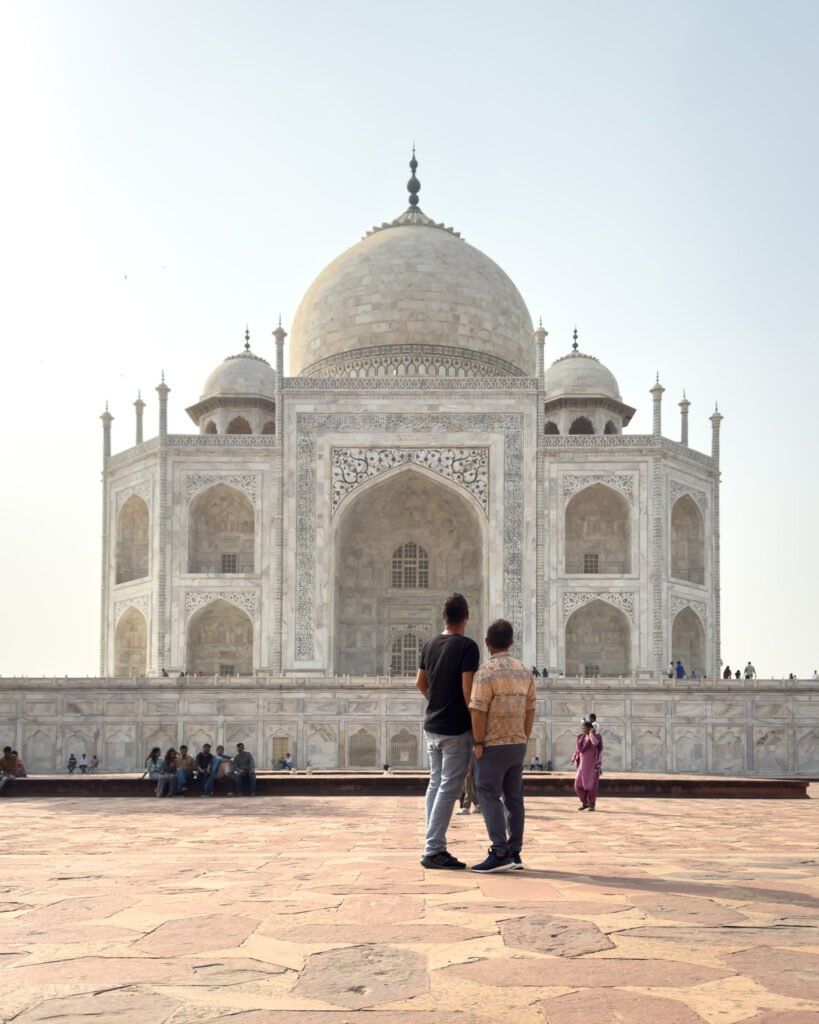
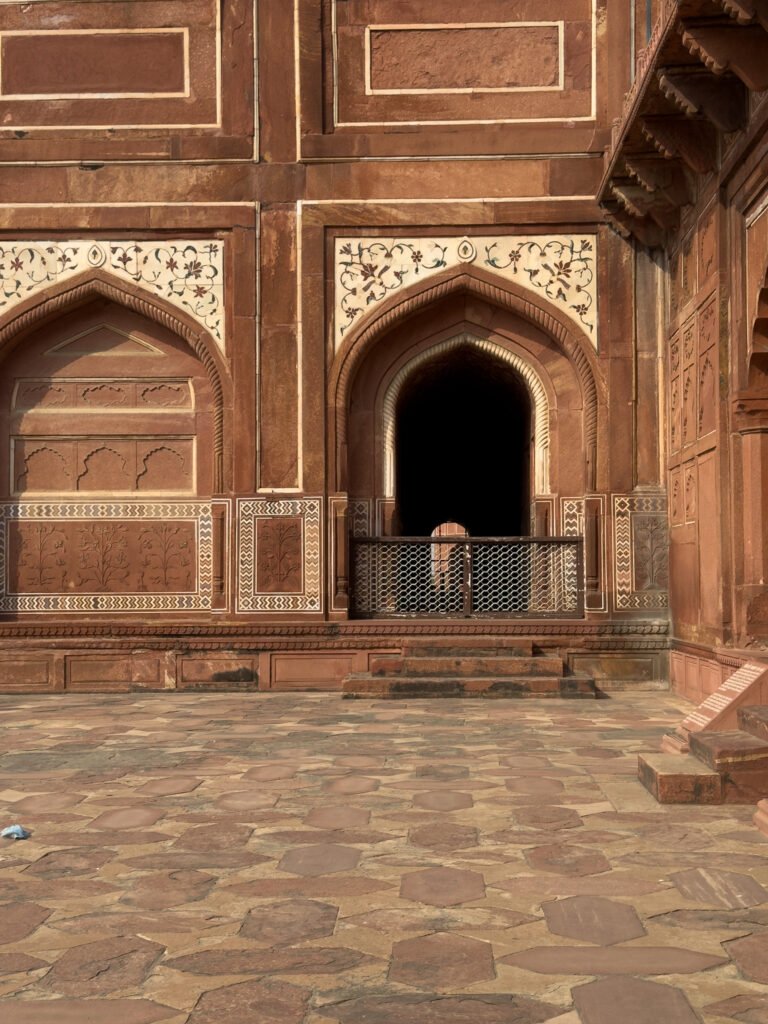
The Legend of the Black Marble Structure
One of the most intriguing legends about the Taj Mahal is the story of a supposed black marble replica that Emperor Shah Jahan planned to build. According to the myth, Shah Jahan wanted an identical version of the Taj Mahal, but in black marble, situated on the opposite bank of the Yamuna River as his own tomb. However, the legend says that the construction was interrupted when he was imprisoned by his son Aurangzeb, who deposed him to take the throne. Some black marble remains were found in the area, but scholars believe this project was only a myth and that the materials found may have been from another project unrelated to the Taj Mahal.
Inscriptions on the Main Gateway of the Taj Mahal
The main gateway of the Taj Mahal is adorned with inscriptions carved in black marble, containing verses from the Quran. These inscriptions not only welcome visitors but also introduce a sense of peace and spirituality as one enters the complex. One of the most famous verses reads: “O SOUL, THOU ART AT REST. RETURN TO THE LORD AT PEACE WITH HIM, AND HE AT PEACE WITH THEE.” This detailed calligraphy enhances the monument and reflects the artistic and spiritual dedication invested in its construction, creating an atmosphere of respect and contemplation.
These curiosities and myths are part of the fascination that the Taj Mahal exerts over visitors, adding a touch of mystery and history to this extraordinary monument.
What to Visit in Agra Besides the Taj Mahal
Beyond the majestic Taj Mahal, Agra offers several other must-visit sites that capture India’s rich historical and cultural heritage.
- Agra Fort: This imposing red sandstone fort, also known as Lal Qila, is a UNESCO World Heritage site and reflects the power of the Mughal Empire. Inside, you will find palaces, gardens, and courtyards that combine elegance with robust architecture. You can explore the Diwan-i-Am (Hall of Public Audience) and the Diwan-i-Khas (Hall of Private Audience), as well as enjoy views of the Taj Mahal from the fort’s walls.
- Fatehpur Sikri: Located about 40 km from Agra, this ancient city was built by Emperor Akbar and served as the capital of the Mughal Empire before being abandoned due to water scarcity. The city appears frozen in time, with magnificent monuments such as the Buland Darwaza (Gateway of Victory) and the Jama Masjid. Exploring Fatehpur Sikri is like diving into the grandeur of Mughal history and architecture.
- Itimad-ud-Daulah: Known as the “Baby Taj,” this white marble tomb is often considered a precursor to the Taj Mahal. Smaller but no less beautiful, it stands out for its intricate mosaics and lace-like windows, showcasing the craftsmanship of the artisans of the time. Built by Nur Jahan for her father, the tomb is an oasis of peace and beauty.
- Mehtab Bagh: This garden, located on the opposite bank of the Yamuna River, offers one of the most serene and lesser-known views of the Taj Mahal. Designed as a symmetrical garden, it is the perfect spot to admire the Taj Mahal at sunset, with the monument’s reflection in the river’s waters. It is a tranquil space away from the hustle and bustle, ideal for relaxing and capturing unforgettable photographs.
- Kinari Bazaar: For a more local experience, Kinari Bazaar is an excellent place to explore Indian culture. Full of color and movement, the bazaar offers a wide selection of goods—from textiles and jewelry to spices and handicrafts. It’s the perfect place to shop for souvenirs and feel the pulse of Agra. Don’t forget to haggle for the best prices!
Visiting Agra is much more than just seeing the Taj Mahal. The city is filled with treasures that tell stories of India’s glorious past, offering a deep dive into the culture and history that will make your trip even more unforgettable.
Frequently Asked Questions (FAQs)
What is the best time to visit the Taj Mahal?
The best time is early in the morning, 30 minutes before sunrise, when the monument opens. There are fewer crowds and the light is ideal for photos. Another good option is late afternoon, before sunset. For a special experience, it is also possible to visit during full moon nights on specific dates.
Can tickets for the Taj Mahal be purchased online?
Yes, tickets can be purchased online through the official website or authorized resellers. Online purchases offer a small discount of 50 rupees, but this amount is usually offset by credit card transaction fees. Nevertheless, buying online in advance avoids queues at the entrance.
How do I get to the Taj Mahal from New Delhi?
The most convenient way is by train, with options like the Gatimaan Express and Shatabdi Express, which connect New Delhi to Agra in about 1.5 to 2 hours. Another option is to hire a private car with a driver, ideal for groups or those seeking flexibility. There are also flights to Agra Airport, but they are less frequent.
What should I wear to visit the Taj Mahal?
It is recommended to wear light and comfortable clothing that covers shoulders and legs, in respect to the local culture. As the Taj Mahal is a sacred place, it is better to avoid low-cut tops, short shorts, and very tight clothing. Inside the mausoleum, shoe covers are required and provided with the ticket.
What are the main attractions near the Taj Mahal?
In addition to the Taj Mahal, Agra offers other must-see attractions. Agra Fort, a UNESCO World Heritage site, is an impressive Mughal fortress located close to the Taj Mahal. Another interesting visit is Fatehpur Sikri, a historic city and former Mughal capital located about 40 km from Agra, where you can explore the region’s rich history.


